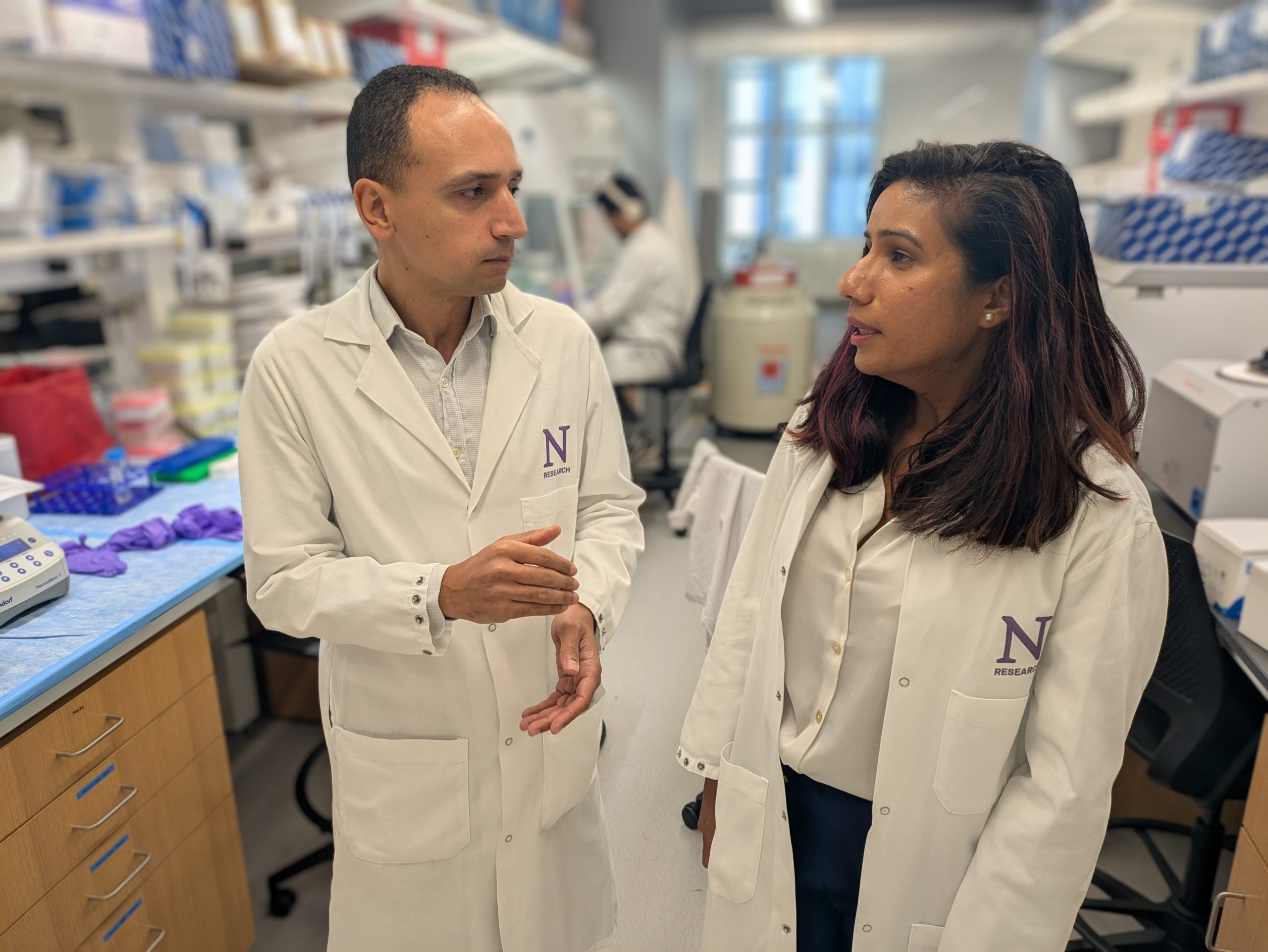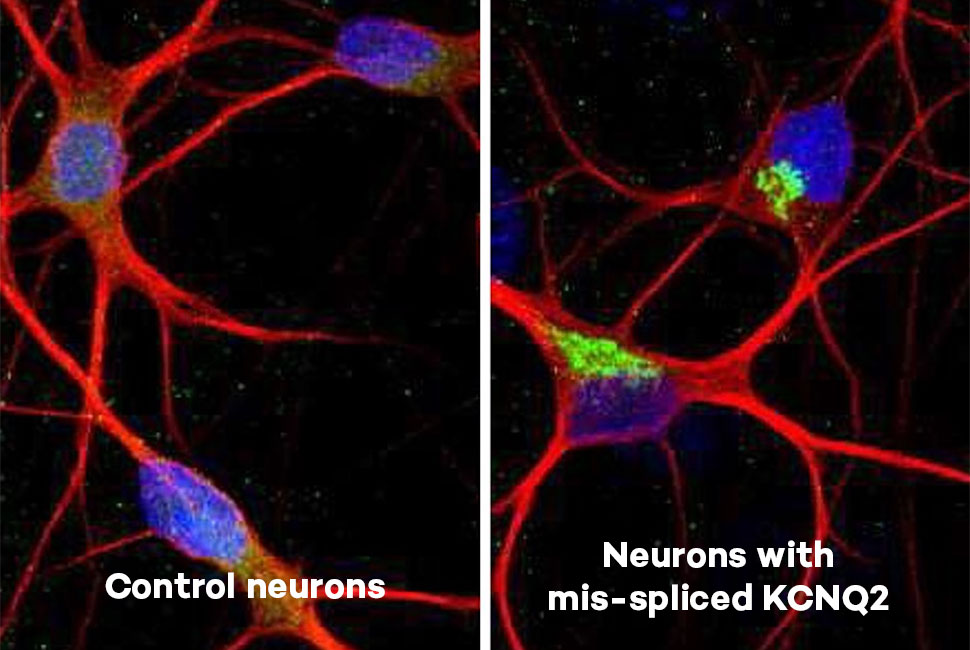Investigators have discovered novel cellular pathways behind chemotherapy-resistant glioblastoma cells and a potential biomarker, paving the way for new therapeutic targets, according to findings published in Science Advances.

The lead author of the study was Deanna Tiek, PhD, a postdoctoral fellow in the laboratory of Shi-Yuan Cheng, PhD, a professor in the Ken and Ruth Davee Department of Neurology. Cheng, who is also a member of the Robert H. Lurie Comprehensive Cancer Center of Northwestern University, was a co-author.
Over the last two decades, the chemotherapeutic drug temozolomide (TMZ) has been the standard of care for patients with glioblastoma (GBM). This therapy targets guanine nucleotides, one of the four main building blocks of DNA.
Unfortunately, all patients with GBM will eventually develop TMZ resistance and are given an overall survival rate of 14 to 16 months, underscoring the dire need for more second-line treatments.
In the current study, Tiek and her team aimed to identify targetable cellular pathways in TMZ-resistant GBM cells. Using whole-genome sequencing and nanopore full-length RNA sequencing technologies, the investigators studied changes in G-rich G-quadruplexes (known as G4s, or, four guanines stacked on top of each other) and splice sites (alterations in DNA that occur at the boundary of an exon and an intron) that occur during TMZ resistance.
“Since TMZ targets guanines and a lot of other brain disorders have disruptions in these secondary structures of DNA — most commonly G-quadruplexes — we wanted to see if that was also happening due to TMZ treatment,” Tiek said.

They discovered that the TMZ-resistant GBM cells contained guanine mutations that disrupt G-rich G4s and splice sites, disrupting alternative RNA splicing, a gene’s ability to code for multiple proteins.
To their surprise, they also found the RNA-binding protein EWSR1— a biomarker that’s present in many neurodegenerative diseases — aggregated in TMZ-resistant glioblastoma cells. This also led to the development of a novel splicing kinase inhibitor, CLK2i, which the investigators showed specifically targeted TMZ-resistant GBM cells.
With these findings in hand, Tiek is now investigating global changes in other regions of the genome that are disrupted by guanine changes and trying to determine which upstream pathways could be targeted to prevent the aggregation of RNA binding proteins.
“We didn’t look for a gene that was mutated and then try to target that mutation, but rather if you have these broad mutations in a lot of splice sites, then there is an upstream regulator that we can target,” Tiek said.
This work was supported by the National Institutes of Health grants K00 CA234799, T32 CA009686 and R01 NS115403, a student research grant from the Medical Center Graduate Student Organization, and the Lou and Jean Malnati Brain Tumor Institute of the Lurie Cancer Center.






